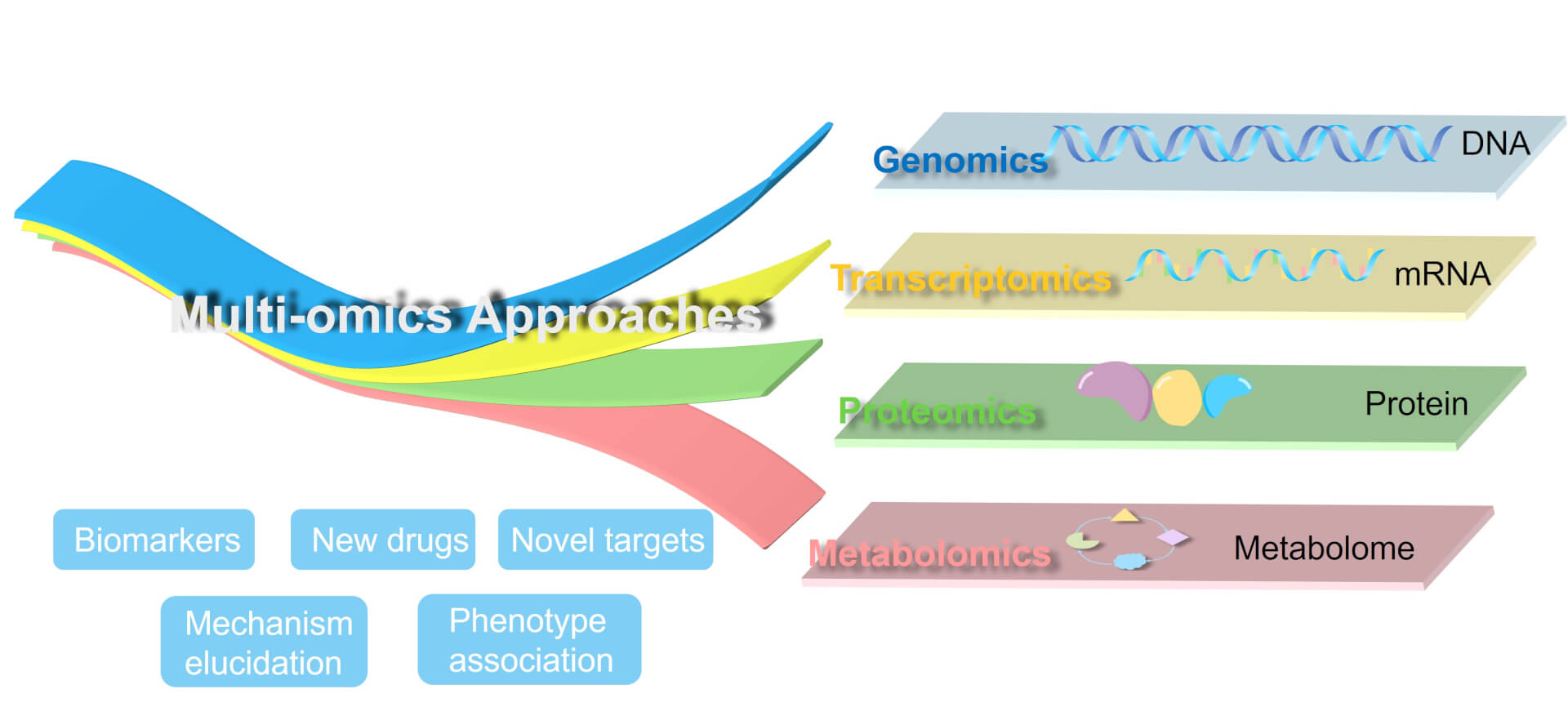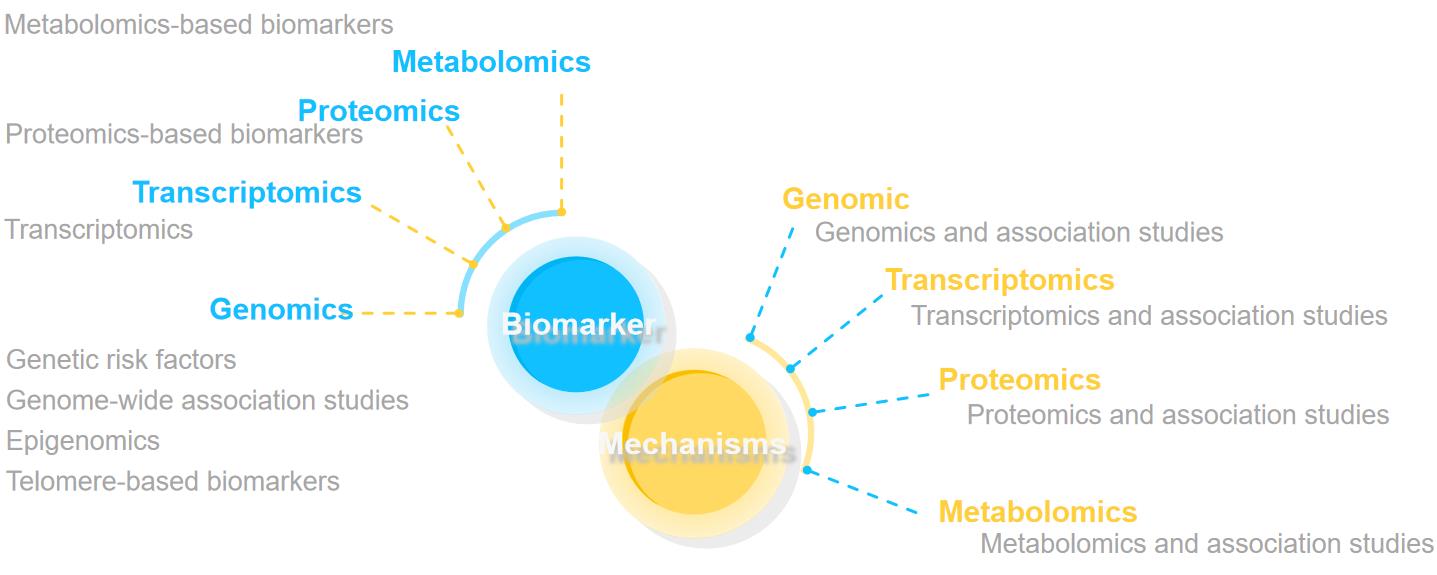Omics methods are essential for analyzing biomolecules like genes, proteins, and metabolites. With higher sensitivity and resolution than traditional research methods, it provides solutions for target identification, drug safety assessment, pharmacology, and molecular diagnostics simultaneously.
Creative Biolabs provides genomes, transcriptomics, proteomics, and metabolomics services. These omics approaches are complementary, and our team can help you obtain comprehensive molecular information about diseases by integrating multiple omics data.
Genomics focuses on the structure, function, and interactions of genetic code. We can supply you with single-cell sequencing methods, such as whole-genome and whole-exome sequencing, to determine nucleotide variations inside individual cells as well as changes in genome structure.
Transcriptomics may offer information about the types of RNA generated in a cell, such as mRNA, rRNA, tRNA, and other non-coding RNAs. It can also measure variations in the expression levels of each transcript during development and under different circumstances.
Proteomics is the large-scale and high-throughput analysis of the complete proteome of an organism or system, encompassing structure and function. Based on a variety of methods such as liquid chromatography-mass spectrometry, gel electrophoresis-liquid chromatography-mass spectrometry, and capillary electrophoresis-mass spectrometry, we can identify some potential biomarkers that will give you a better understanding of the disease you are studying.We can satisfy your objectives for identifying target antigens, assessing immune responses, and discovering biomarkers.
Metabolomics is the quantitative and qualitative study of the multifactorial, dynamic, and metabolic responses of organisms with pathological or physiological stimuli. Firstly, chromatographic methods such as gas chromatography, liquid chromatography, and capillary electrophoresis can be used to separate small compounds that are produced, destroyed, and altered within cells. Secondly, metabolites are identified by nuclear magnetic resonance and mass spectrometry. Finally, we can combine these metabolomics methods with multivariate statistical analysis. This may identify compounds with high specificity and sensitivity, helping you to discover potential disease biomarkers.
Since biological systems are complex, monitoring changes in single biomolecules to understand biological processes is challenging. Integromics allows a comprehensive analysis of multi-omics data to gain complete knowledge of pathophysiology of a disease. First, we can find correlations and differences between various datasets, as well as the molecular basis of metabolite changes. Subsequently, we combine multi-omics data with mathematical models to help you better understand the biological processes of disease.
 Fig 1. Combination of multi-omics methods.
Fig 1. Combination of multi-omics methods.
The high-throughput omics method provides new opportunities for discovering biomarkers and understanding disease pathology.
 Fig 2. Multi-omics approach to discover biomarkers and pathological mechanisms.
Fig 2. Multi-omics approach to discover biomarkers and pathological mechanisms.
Creative Biolabs is your ultimate partner in unraveling the complexities of biomarkers and disease mechanisms through multi-omics analysis. Choose us and contact us, and you will gain access to the most superb expertise and comprehensive approach to understanding the complexity of biomarkers and pathological mechanisms.
 For Research Use Only. Not For Clinical Use
For Research Use Only. Not For Clinical UseServices
Online Inquiry

